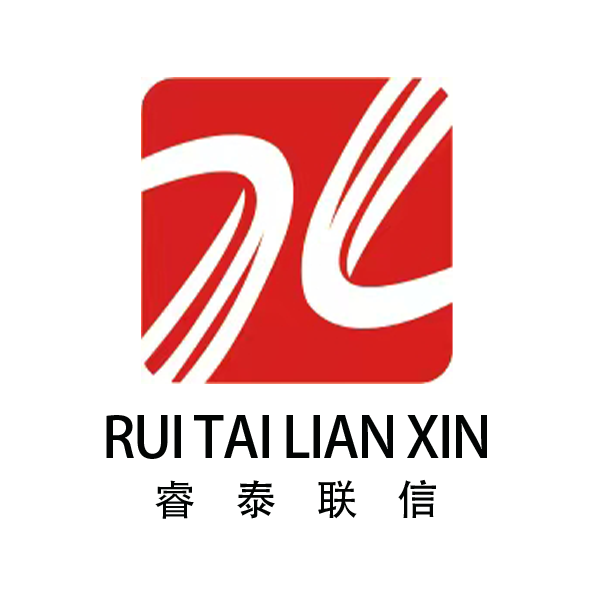Before the boiling furnace is built, its preparation is very important. Before the boiling furnace is built, a reasonable masonry construction technical plan must be formulated to ensure the quality of the lining. The power, lighting and water required for the masonry construction should be available. Necessary heating and insulation facilities must also be available during winter construction. Those who carry out the lining masonry must be skilled workers who have received professional skills training and safety education. The various mechanical equipment and transportation equipment required for masonry construction should be installed and debugged to meet the use requirements. All mechanical equipment should have complete operating and maintenance procedures, and be assigned to a dedicated person to implement them. The tools, measuring tools, scaffolding materials, mud storage tanks, etc. used for masonry should be fully prepared and meet the requirements of masonry construction.
The lining masonry must be carried out after the furnace foundation, furnace shell and related steel structure construction and installation are completed, and after inspection and compliance with the design drawing requirements and signing of the “Process Handover Certificate”.
The process handover certificate should include the following:
1) Inspection records of the furnace shell and the certificate of qualified manufacturing inspection.
2) Measurement records of the center line and diameter deviation, verticality and misalignment of each section of the furnace shell after installation.
3) Inspection records of the position of the support brick plate and the height position of the shell reinforcement hoop at the arch foot brick and other control elevations.
4) Installation quality and welding quality records of some steel structures directly welded to the furnace shell, such as the support brick plate and anchors.
The inner surface of the furnace shell should be cleaned before masonry, and the following requirements should be met after cleaning:
1) The surface should be flat, dry, free of oil, rust and other pollutants.
2) The depth of local concave and convex parts should not exceed 3mm, and the arc radius at the corner should not be less than 5mm.
3) The weld is smooth, without weld nodules, slag inclusions or cracks.
The inner surface of the furnace shell after assembly welding should be sandblasted or manually derusted, and the derusting level should not be lower than the Sa2 and St2 requirements specified in GB/T8923 “Surface rust level and derusting level of steel before painting”. After passing the inspection, two coats of graphite powder water glass anti-corrosion paint. The anti-corrosion paint should be applied evenly and densely without bubbles, and the application should be done immediately after derusting. All refractory materials and products delivered to the masonry site should be qualified products.
The refractory bricks used on the fire-facing surface of the furnace lining should be selected and pre-laid before masonry, and the thickness of each layer of bricks should be consistent. Moisture-proof and rain-proof measures should be taken before masonry, and the boiling furnace will not be affected by moisture or rain during the entire masonry process until it is put into production.
